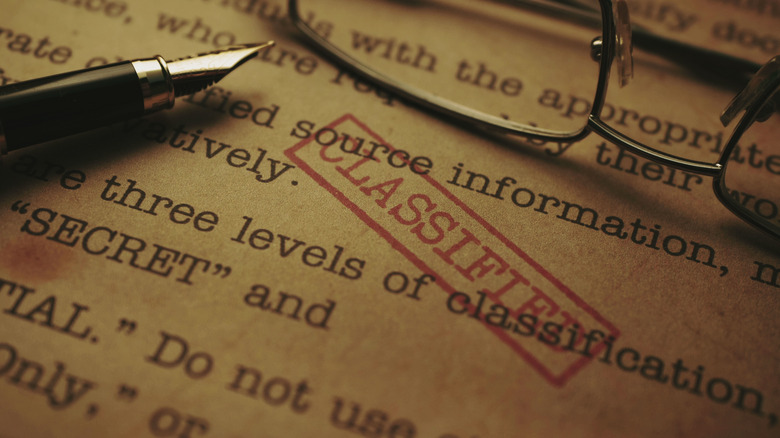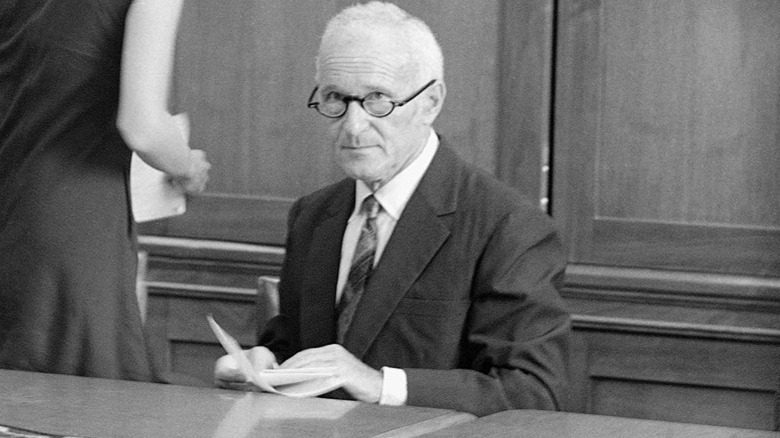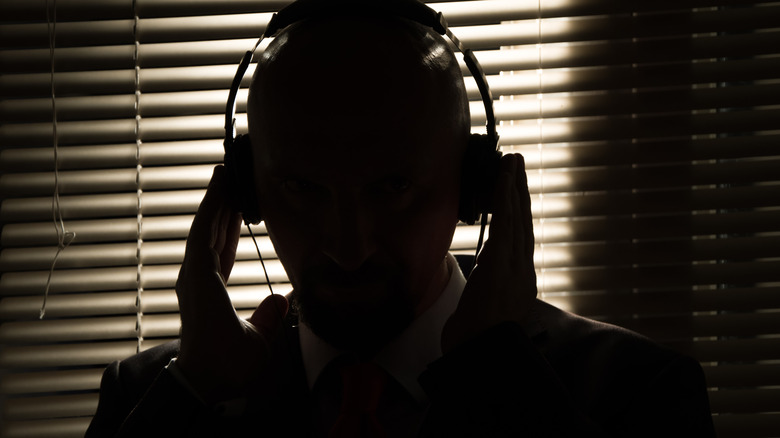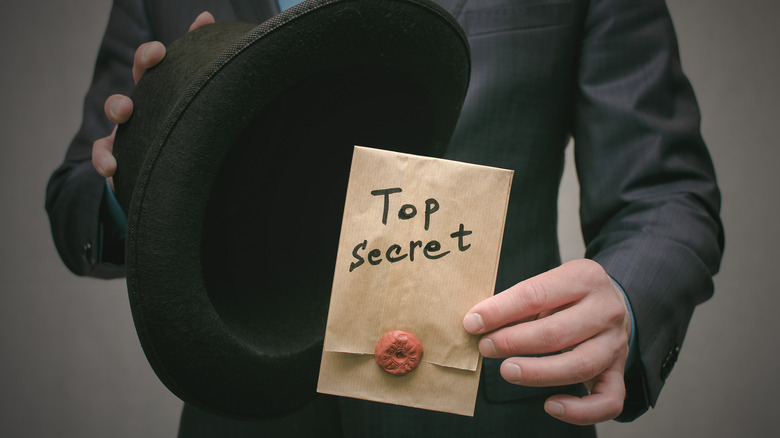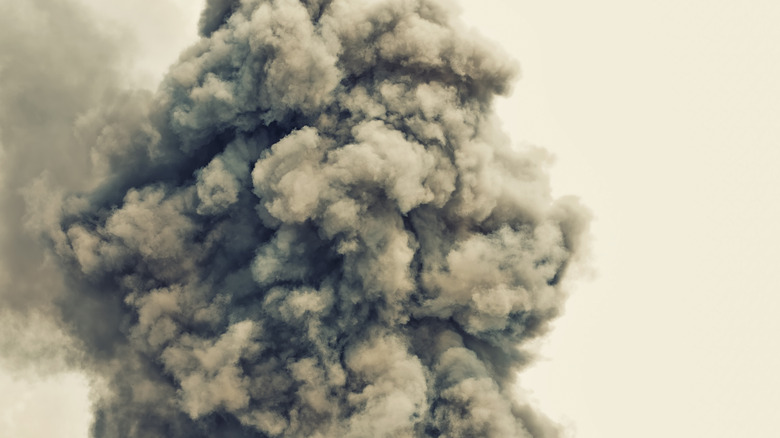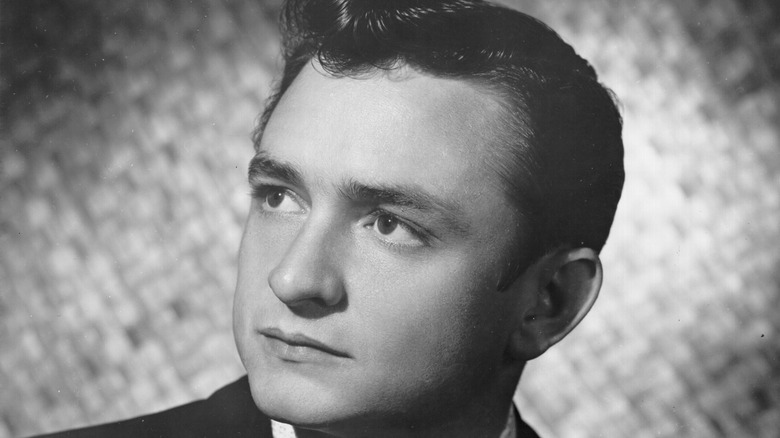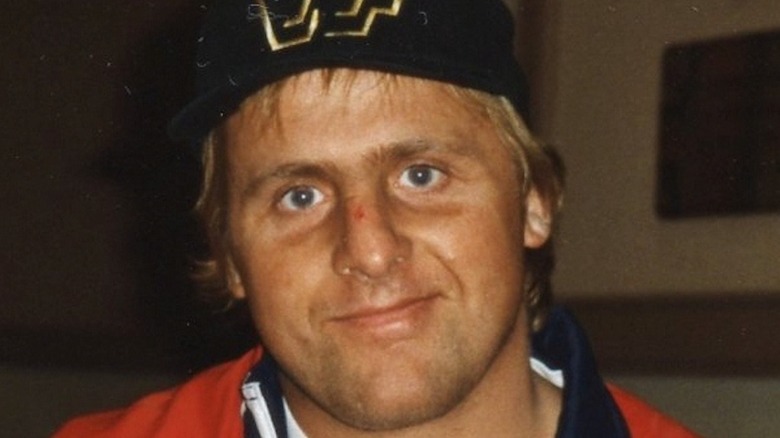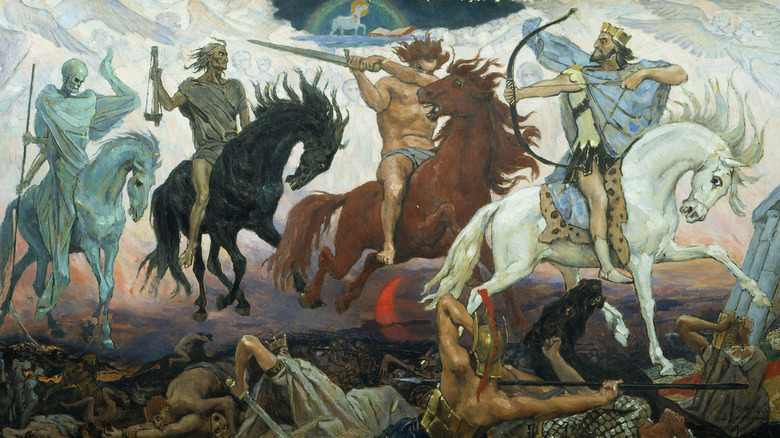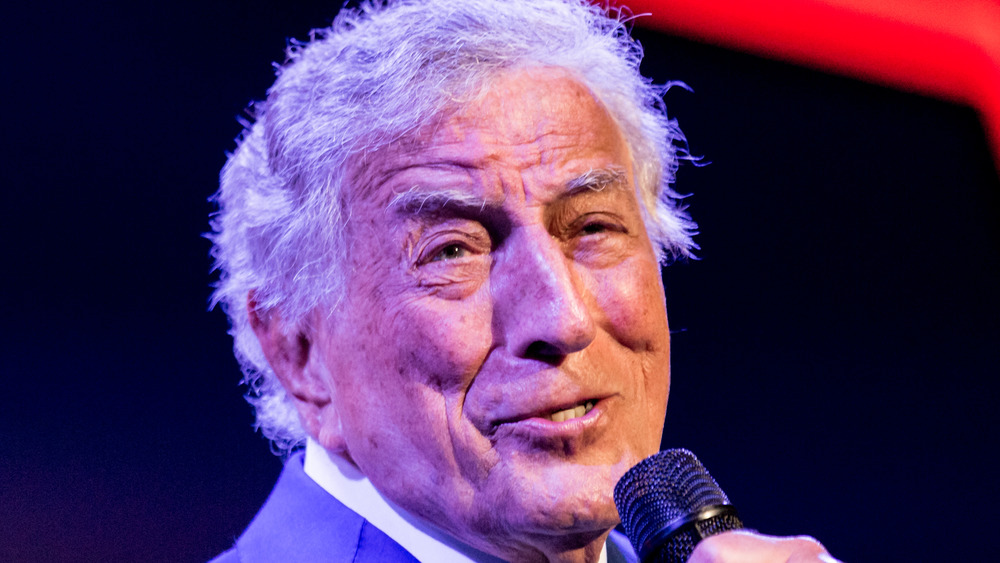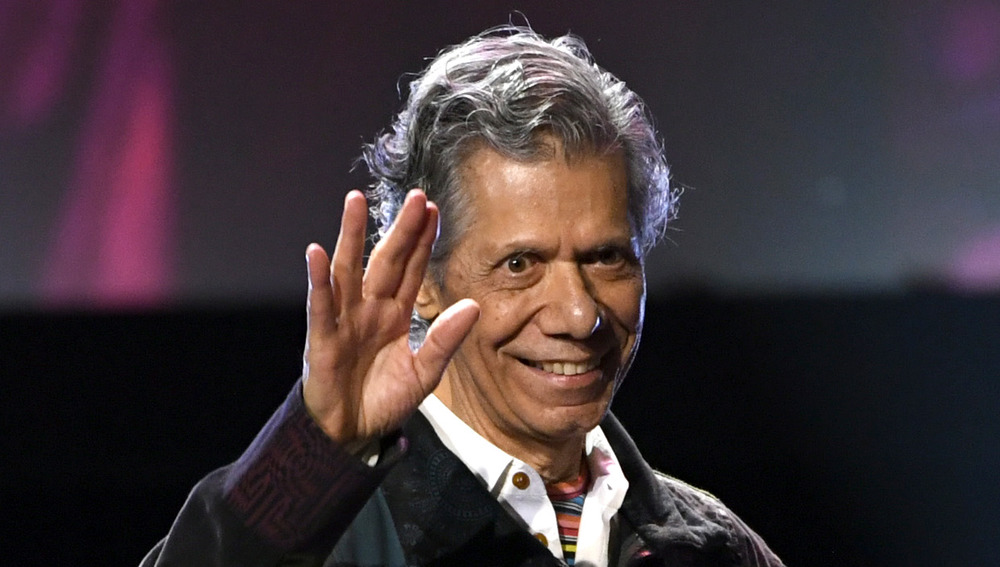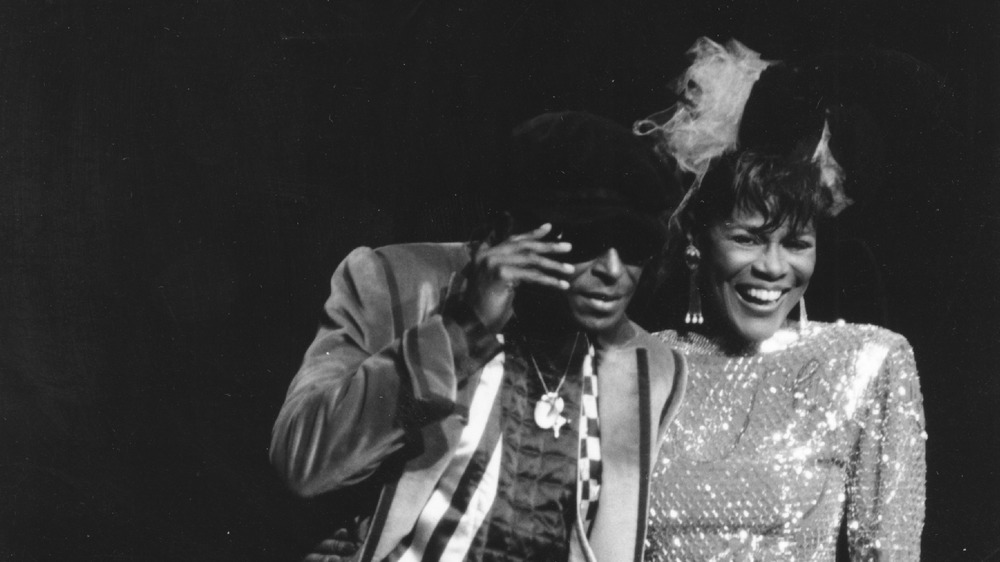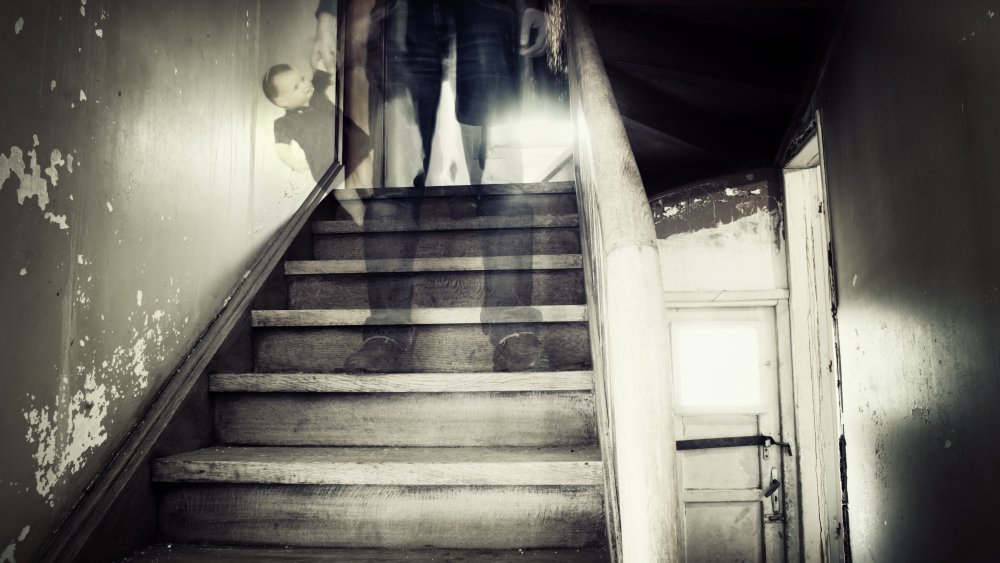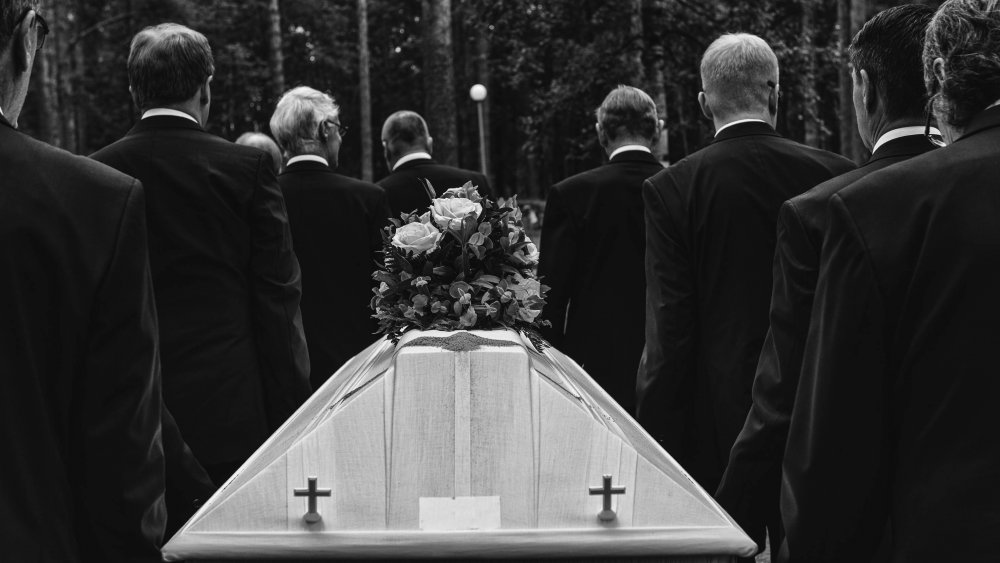
Operation Midnight Climax: The Sub-Project Of MKUltra You Didn’t Know About
One of the strangest chapters in American history is one that stayed tightly under wraps for a long time, and it’s the train wreck of insanity that’s known as MKUltra. Here’s a quick refresher: MKUltra is the series of top-secret government projects that was, in part, the inspiration for “Stranger Things.” That alone is a glimpse into how off-the-charts bizarre the whole thing was, and it’s just the beginning.
In a nutshell, MKUltra was the U.S. government’s attempts to do some seriously shady stuff involving mind control, torture techniques, and information extraction. Most of the documents regarding it were destroyed, and those that survived did so accidentally. That means no one’s really sure just how far MKUltra went, but fortunately, The Washington Post says that one of the projects with surviving documentation is Sub-project 42, also known as Operation Midnight Climax.
The project wasn’t just sort of accidentally given an R-rated name — what happened is exactly what it’s suggestive of. It’s a story that involves sex-for-hire, drug abuse, unsuspecting victims, voyeurism, and gallons of pre-made martinis. Weird? That doesn’t even begin to describe it.
What are these so-called sub-projects?
There’s a lot that will never be known about MKUltra, and that’s a shame — because judging by what historians do know, it’s a whole lot of weird. The MKUltra project was officially approved by the highest levels of the CIA on April 13, 1953. Most of the official records dealing with the project were destroyed in 1973, but the ones that accidentally survived give some eerie hints into what sub-projects were approved under the MKUltra umbrella.
Sources vary on how many there were. The Smithsonian says there were 162 of these projects, WBUR says there were 149, and The McGill Tribune says there were 144. Each was different, and more bizarre than the next. Sub-project 119, for example, involved research carried out at UCLA in an attempt to find out if electromagnetic frequencies could be used to activate parts of the human brain and control that person (via SSRN).
The Washington Post says that Sub-project 42 was the one known as Operation Midnight Climax. Among the remaining MKUltra documents were 1,647 pages of records pertaining to this particular section, and it was active for a long time. The agent in charge, George Hunter White, was in San Francisco from 1955, and even though SF Weekly says the CIA officially put an end to the program in 1964, it unofficially continued for at least another year and a half.
The CIA's drug of choice was at the heart of Operation Midnight Climax
Journalist Stephen Kinzer is the author of “Poisoner in Chief,” a book that takes a look into just what remains of the horror movie funhouse that was MKUltra. He says (via NPR) that at the heart of Operation Midnight Climax was the question of whether or not giving an unsuspecting person a heavy dose of LSD — in this case, coupled with some attention from a pretty lady — would make them more susceptible to suggestion and more likely to spill secrets they would otherwise keep.
LSD is a common thread throughout the various MKUltra programs, and at the time, it was fairly new. The Atlantic says that chemist Albert Hofmann created the first dose of LSD while working with ergot, and it wasn’t until 1943 that he went on his first trip.
When the CIA got wind of this in the 1950s, it was still new and pretty mysterious. Interestingly, the British Psychological Society has done some more recent — and more ethical — research into LSD and suggestibility, and found that yes, sending someone on an acid trip does increase their “malleability,” in a way that’s surprisingly similar to the way hypnosis works. Midnight Climax, it seems, was on to something.
How much LSD do you want, man? All the LSD!
Here’s one of those facts that just seems so unbelievable, it has to be made up. It’s not: According to journalist Stephen Kinzer (via NPR), MKUltra and Operation Midnight Climax got their start when the CIA approved a plan to spend $240,000 and buy all the LSD in the world. (It’s also worth noting that adjusted for inflation, that’s around $2.6 million.)
That’s not an exaggeration, either — it was literally all the LSD in existence at the time. In charge of all this was Sidney Gottlieb (pictured), a man who was called “The real Manchurian Candidate” by The Guardian in his 1999 obituary. After experimenting with things like caffeine and marijuana, Gottlieb settled on LSD as the drug to do everything from control minds to push a person into embarrassing public situations in order to discredit them. Operation Midnight Climax kind of covered all the bases.
It’s unclear just how much financing went into Operation Midnight Climax alone, but it’s safe to say, “a lot.” Because some of the financial records survived the mass destruction of other MKUltra files, some expenses issued to the CIA by field agents have been preserved — like, says The Washington Post, a receipt for a $60.50 telephone call and the attached note: “Calls made by addict prostitute while under covert observation — necessary in connection with undercover operation…”
Enter: George Hunter White
Author of “Poisoner in Chief” Stephen Kinzer says (via NPR) that Sidney Gottlieb was allowed to do pretty much whatever he wanted, simply because his superiors at the CIA just didn’t want to know what he was doing. That included bringing in others, like George Hunter White.
White, says SF Weekly, was officially a “CIA consultant,” and the man behind the very literal mirror of Operation Midnight Climax. In 1955, Gottlieb approved White’s request to return to his native California from where he had been working in New York City, and that’s where things really started to get off the ground. White was installed as overseer of the CIA’s so-called “safe houses,” which were anything but. Former U.S. Marshal Wayne Ritchie described White as “a real hard head.” He continued: “All of his agents were pretty much afraid to do anything without his full approval. White would turn on them, physically. He was a big, tough guy.”
White adopted the name Morgan Hall for his work, says The Washington Post, and it was work he absolutely loved. When his letters went public, it included one he wrote Gottlieb in which he said, “I toiled wholeheartedly in the vineyards because it was fun, fun, fun. Where else could a red-blooded American boy lie, kill, and cheat, steal, deceive, rape, and pillage with the sanction and blessing of the All-Highest? Pretty Good Stuff, Brudder!”
Behind the closed doors of Operation Midnight Climax
When information about MKUltra started leaking, it kicked off a massive investigation by the government, into the government. In 1977, The New York Times reported that Sidney Gottlieb outright refused to testify unless he got a guarantee he wasn’t going to find himself on the receiving end of some criminal charges, and if there’s a suspicious thing to say, it’s that.
At the time, Operation Midnight Climax big man George H. White was already dead — according to his obituary in The San Francisco Examiner, he retired in 1966 (although other sources say 1965) and died in 1975. So how did all this information about Operation Midnight Climax come out?
White kept detailed records of his 31 years of work with first the Federal Bureau of Narcotics, and then the CIA. When he died, his widow donated all his papers to a San Francisco community college, and when the investigation got those, it was like Christmas. Not only did they learn details that weren’t in any of the other documents, but White had also recorded the names of individuals like a former Narcotics agent named Ira C. Feldman. Until the discovery of his papers, it wasn’t clear just how involved some of these people were with the program. The answer, it turns out, was “very.”
Operation Midnight Climax: The setup
Operation Midnight Climax started when White turned three San Francisco CIA safe houses into swanky-looking apartments decorated with X-rated art and thoroughly bugged with recording devices. Then he hired some sex workers to lure men back to the apartment, get them to drink a cocktail filled with LSD, and see if they could get their clients to spill some of their deepest, darkest secrets. From start to finish, the entire process was observed by agents watching from behind a two-way mirror.
This thing was even less scientific than it sounds, and the chance to watch real-time porn quickly turned the place into what SF Weekly called “a frat house for spies.” White’s documents revealed (via The Washington Post) that not only did agents keep a pitcher of martinis in the fridge, but that “eight-martini lunches” were common. Agents set up in a “listening post” next to the apartment, and as if this isn’t all weird enough, there’s also the toilet. White hired a friend named Leo Jones to install all the listening devices in the operation’s apartment, and along the way, he also purchased a “portable toilet for observation post” through Jones.
Jones later testified that the apartment was only ever referred to as “the pad,” and neighbors had some interesting things to say about it. One, a Dr. John Erskine, later commented, “I had a feeling that things went on there that were none of my business.”
Paying the sex workers
When the bizarre saga that was MKUltra came to light, life on a Senate investigative committee had to have gotten a lot more interesting since — as The Washington Post reports — they were treated to testimonies by people like John Gittinger. Gittinger was a psychologist with the CIA, and according to his testimony, he was fairly regularly summoned to San Francisco by a consultant named Morgan Hall (i.e., George White), and told to evaluate sex workers while paying particular attention to their sex lives and drug use.
It’s unclear just how many sex workers were employed by White and his operation, but thanks to the San Francisco Chronicle, it is clear how they were reimbursed for their time and work. Saying they were “reimbursed” is more accurate than saying they were paid, because at least part of their compensation was in the form of “chits” that could be exchanged when they really needed something — like a get-out-of-jail free card.
What did Operation Midnight Climax learn?
Operation Midnight Climax wasn’t just about the LSD, says the San Francisco Chronicle. It was also about the sex.
The CIA wanted to know whether or not they could use sex as a sort of currency that would encourage men to talk and — in the right circumstances — presumably give up some state secrets or bits of international espionage. At first, sex workers were told to offer to trade some extra services for some chat, but as one agent recorded, it was a massive failure. Specifically, “We found the guy was focused solely on hormonal needs. He was not thinking of his career or anything else at that point.”
So, they adapted to try something else: postcoital chat. In the second phase, the sex workers were instructed to keep the mark hanging around for a while longer, after services had been rendered and their business was technically complete. It was then that they realized men became “emotionally vulnerable,” and the idea that the sex workers wanted to spend more time with them was what really opened the flood gates and got the talking started.
How were the subjects of Operation Midnight Climax chosen?
Those targeted for experimentation with the combination of LSD and sex were completely random. According to SF Weekly, there were a few ways they were recruited (albeit unknowingly): Most often, the sex workers were told to just go out and pick someone off the streets. And that was the very official idea. A 1963 memo boasted: “The effectiveness of the substances on individuals at all social levels, high and low, native Americans and foreign is of great significance, and testing has been performed on a variety of individuals within these categories.”
That’s a weird kind of humble brag, but there’s something important this hints at. The CIA was also carrying out their LSD experimentation internationally, and when it came to dosing someone outside of U.S. borders, that usually came with strict guidelines that said a medical examination was necessary first, in order to make sure the person didn’t, ya know, die. No such precautions were taken on American soil, though.
And sometimes, the subjects were the researchers themselves. George H. White in particular wrote quite a bit on what it was like to take LSD, noting that “‘clear-thinking’ was non-existent while under the influence of any of these drugs.”
Midnight Climax had roots in World War II
In 1977, The New York Times was reporting on the investigation into MKUltra. They said that according to CIA testimony, the idea to start mucking about with people’s minds and giving them LSD was conceived about the same time that the Soviet Union started getting worryingly powerful. It was, they claimed, a response to rumors of Soviet research into mind control and foolproof interrogation techniques.
That was a big fat lie, and one that was exposed by George H. White’s papers on his experiences with MKUltra and Operation Midnight Climax. White, it turned out, had been a part of a top secret project run by the Office of Strategic Services (OSS). The OSS — a precursor to the CIA — had been active in experimenting with drugs like mescaline and the sleepy-time drug called scopolamine during World War II, all with the end goal of coming up with something that could be given to POWs. The Science History Institute says that they finally created the marijuana-based TD, which White then had the dubious honor of using on the drug’s non-compliant subject.
The subject was Lucky Luciano associate August “Little Augie” Del Gracio, and it had an iffy success record. While the first dose reported made him very chatty and willing to tell all about his drug ring, the second time they gave him TD, he just needed a nap.
They were dosing everyone
SF Weekly says that Operation Midnight Climax definitely didn’t stay in the bedroom, it also spilled out into the real world with some devastating consequences. Sometimes, it would be as simple as White taking his work home with him, when he and his wife would invite some people over for dinner and they’d be served more than they bargained for. Some were in the wrong place at the wrong time, like Ruth Kelley. She was a nightclub singer who refused White’s advances, and who said she later found herself at the hospital coming down from an acid trip.
Then, there’s stories like Wayne Ritchie’s. He was a U.S. Marshal having a few holidays drinks with some coworkers when he started to feel really, really bad. Bright colors swirling around him escalated into feelings that everyone was secretly out to sabotage his entire life, and from there, it turned into a determination that he was going to go out on his own terms — and he’d do it by robbing a bar.
So, he did. He was arrested and sentenced to probation by a judge that had decided to go easy on him, and he’s one of the last remaining MKUltra subjects capable of speaking on his own behalf. It wasn’t until 1999 that he heard White’s name and realized what had happened to him — a hunch he says was confirmed when he looked up the date in White’s now-public diaries and found they’d been at the same party.
Here's how Operation Midnight Climax ended
Like almost everything else about the MKUltra programs, just how Operation Midnight Climax came to an end is a little fuzzy. According to the San Francisco Chronicle, the beginning of the end started when, in 1963, White’s superiors took a look at what he was actually doing, and they weren’t impressed.
It wasn’t until 1964, says SF Weekly, that the CIA officially suspended the program that had been built on the drugging and observing of unsuspecting individuals. That’s pretty shocking stuff, but what’s more shocking is the fact that they just sort of… kept doing it. The operation’s San Francisco safehouses weren’t closed until 1965, and on the East Coast, experiments continued under the project’s umbrella until the following year.
By that time, White had already retired, his exploits as an MKUltra agent and CIA consultant safely tucked away in the nether regions of secrecy. It wasn’t until 1977 that The Washington Post says the whole thing went public, and by then, he was already dead.
Were there links to the death of Frank Olson?
Frank Olson was part of a group of scientists who worked on top secret, biological warfare-related experiments at Fort Detrick during World War II. He stayed there post-war, and when he died in 1953, it was under circumstances that were more than a little suspicious. Olson jumped from an upper floor of Manhattan’s Statler Hotel, and at the time, his family accepted the official reports that it was just another tragedy. But according to The Guardian, there’s more to it — and it might be connected to Operation Midnight Climax.
Olson had just joined the CIA, and he was working with Gottlieb and another MKUltra scientist named Robert Lashbrook. Lashbrook was in the room when he jumped, and according to The Washington Post, he was staying with Olson because he’d been previously dosed with LSD and it wasn’t going well. Lashbrook was also a close colleague of George H. White, and was the one who not only ID’d Olson’s body, but he was the one who removed a single piece of paper sporting the initials “GW” and “MH” from the dead man’s pockets.
Lashbrook’s identification of the initials as White’s real name and his Midnight Climax pseudonym have been redacted from CIA documents, in spite of witness testimonies that he made the ID. In 1994, Olson’s body was exhumed, re-examined, and his cause of death was changed from “suicide” to “unknown” (via Class, Race, and Corporate Power).

Here's What The Bible Really Says About Addiction

The True Story Of Olivia Newton-John's Nazi-Fighting Family
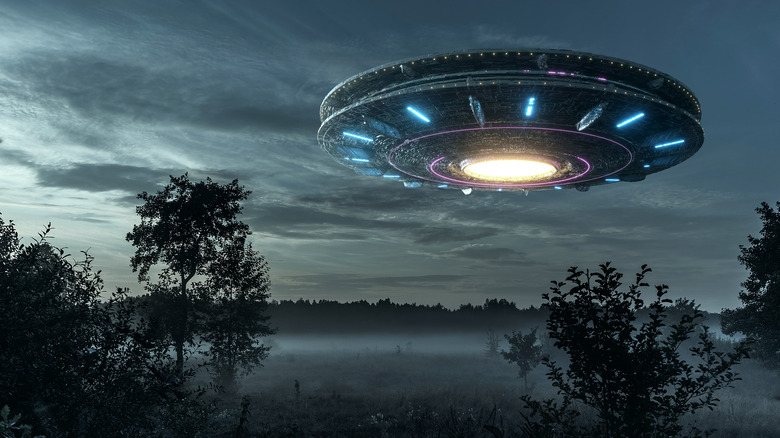
Why Heaven's Gate Used Science Fiction To Brainwash Its Members

The Tragic True Story Of TWA Flight 800
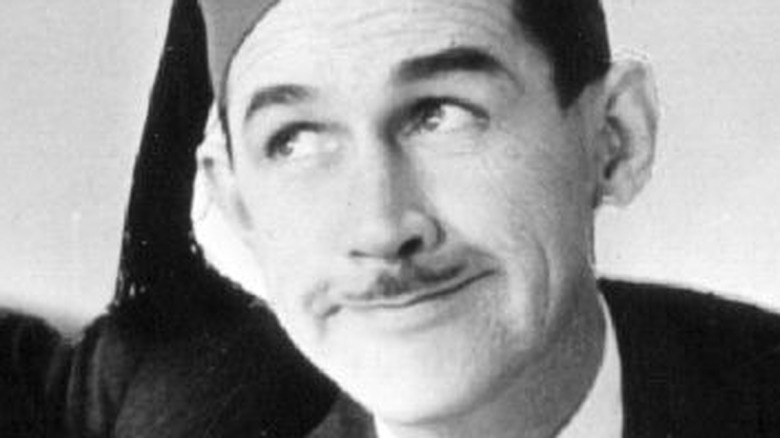
The Tragic Real-Life Story Of Charley Chase
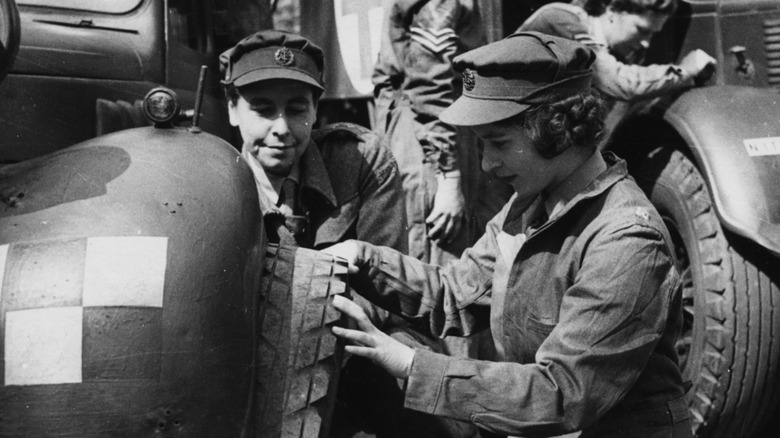
You Probably Didn't Know The Queen Was Once In The British Army

Ridiculous Ideas That Made Millions Of Dollars

The Real Reason Your Cat Won't Stop Staring At You

Canadian Wild Pigs Building 'Pigloos' To Survive Winter
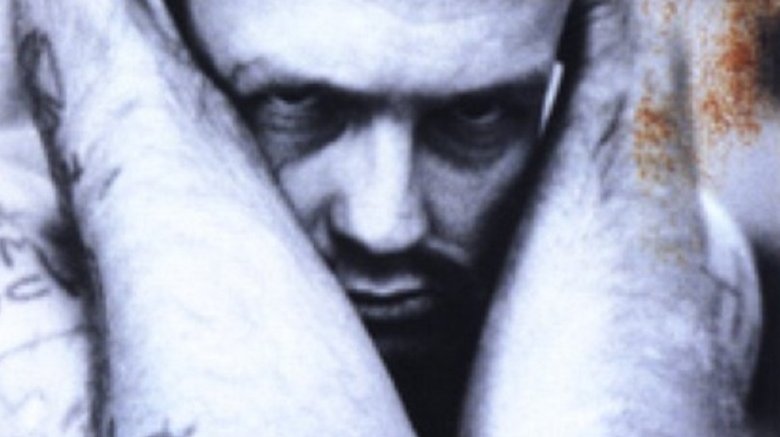
The Insane True Story Of The Craziest Rocker In History
